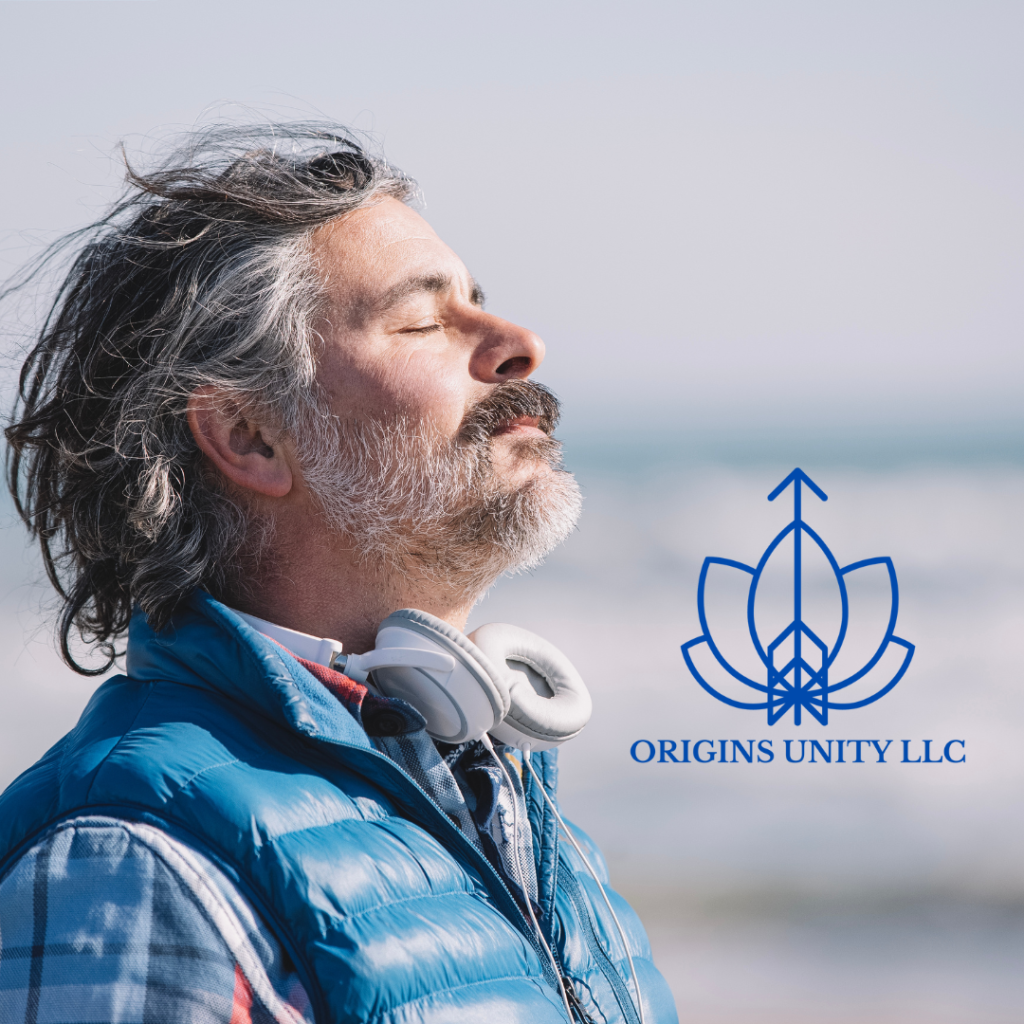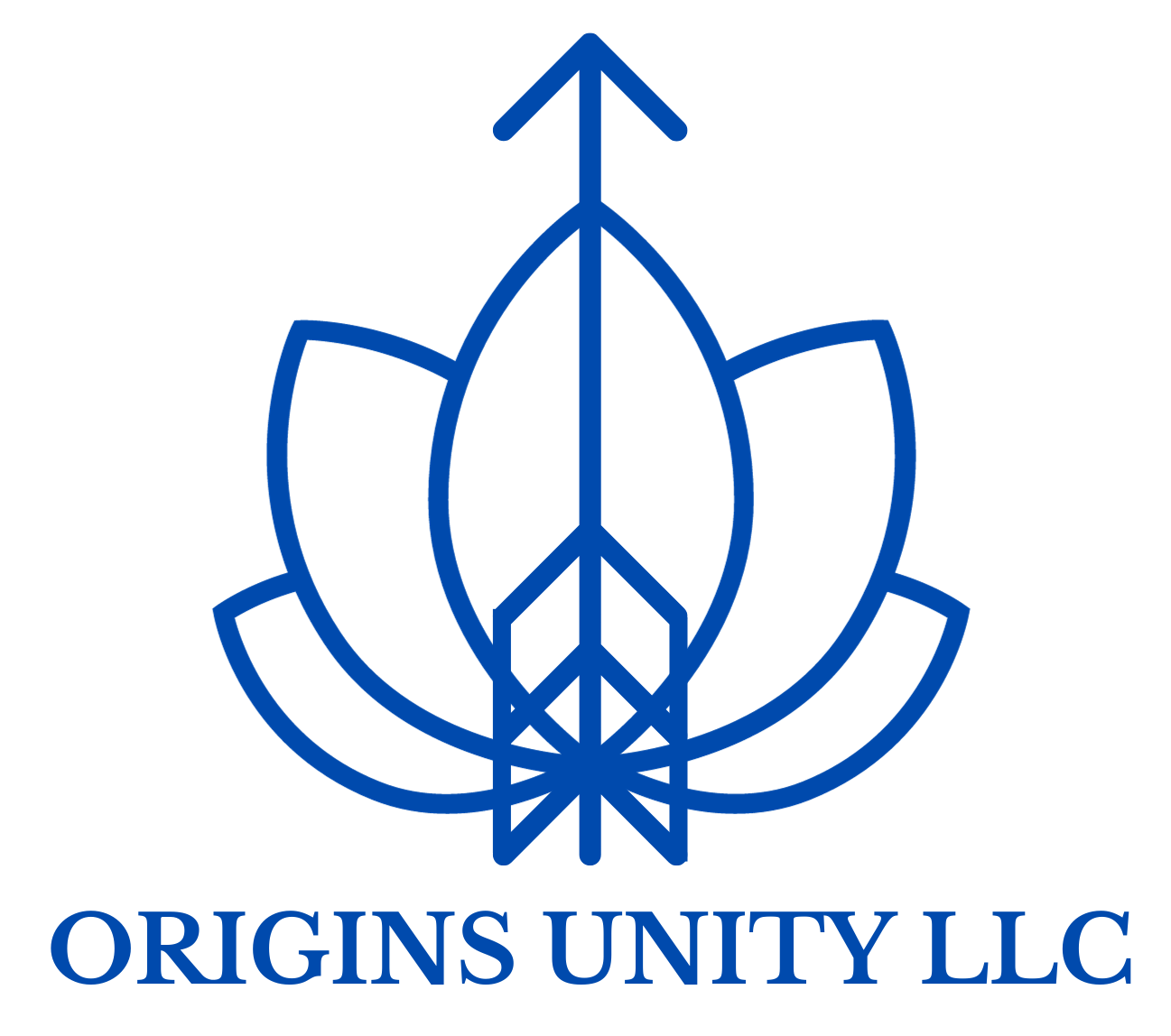
A healthy and productive workforce is the cornerstone of any successful organization, and a key component of this success lies in embracing the art of mindful breathing.
In the following paragraphs, we’ll introduce you to a world of possibilities where the simple act of intentional breath control becomes a powerful tool to enhance focus, reduce stress, and ultimately elevate the well-being of your team or employees.
Let’s delve into the art and science and power of breathwork for corporate wellness and how it can revolutionize your corporate culture and employee performance.
This article is the result of many conversations I’ve had with leaders at varying levels about holistic wellness for work performance and more specifically, how the power of breathwork seamlessly offers wellbeing in the most straight-forward manner.
The intention now is to send a direct message to the multitude of executive professionals who have yet to harness the incredible power of breath for optimizing their work-life balance.
My introduction to the transformative power of breathwork came through the practices of mindfulness via the Mindfulness Based Stress Reduction (MBSR) program. Almost 30 years ago, my grandmother taught me the earliest known forms of Biofeedback. Body Scan style guided meditations, offered in clinical settings with medical backing, was how I started in my early youth.
In the years to come, I explored diaphragmatic, gentle breathing techniques, paired with visualization practices, with a variety of therapists (physical, emotional, learning, reading, and sports).
I discovered Pranayama, a Sanskrit term denoting breath control in yoga, back in 2008 when my interest in the physical practice of yoga deepened. While always trying to improve myself in a high-stress environment that ranged from academic to athletic and professional, I battled immense stress and the health issues to follow.
Under the guidance of many mentors, teachers, and like-minded-peers, I embarked on a journey of understanding and practicing various breathing techniques, which led to significant positive changes and the elimination of health problems. It made my depression, anxiety and panic-attacks subside, and I became calmer, more focused, and emotionally centered.
In early adulthood, I suffered from autoimmune issues and debilitating chronic pain that defeated every therapy, fix and intervention, that is, until I recalled the most powerful practice that is always available and within reach.
Breathwork not only transformed my life but also ignited a fervor to share this knowledge and empower and liberate others. I was so disappointed about how many snake oils, magic tricks ineffective methods and utter delusion that healers, medical professionals and people offered. I saw how many people, truly out of a conjoined ignorance with the best of intentions, suffered endlessly and even more-so once they tried harder to find cures, solutions and remedies.
Throughout my healing journey, I have explored countless modalities both prescriptive and natural, still, nothing compares to the power of our own breath.
I have pursued a great number of wellness protocols and paths in order to achieve the quality of life I have today and help everyone I’ve coached, spoken to, or provided materials for. Nothing compares to mindful breathing.
Over the decades, I’ve delved deeper into breathwork, continually improving my technique. Regular breathwork has become an integral part of my daily routine, keeping me centered, energized, and in control. Now, I allocate at least 20-30 minutes every morning or day to breathing exercises, which allows me to maintain composure, focus, and a present mindset.
If I had to choose one practice (those who know me or who are coached by me understand how much I have at my disposal) I would bet my whole life on breath training.
Stress has, regrettably, become a constant companion in the corporate world. The demanding schedules, heavy workloads, and relentless pursuit of higher goals often lead to burnout, affecting productivity and health. But, it shouldn’t be the accepted norm and we don’t have to settle for a state of constant distress and discomfort. We deserve more than a life of turmoil and chaos. There’s an evident need for an effective stress management solution.
Though breathing is life’s most fundamental function, conscious control over our breath holds the key to both mental and physical well-being. By understanding and harnessing the power of our breath, we can soothe our nervous system and promote a state of relaxation for sustained focus and boundless success.
In terms of empowered and self-driven life, breathwork is the answer. There is no faster way to return yourself to you highest capacity and the best of your ability than breath. Breath controls our body and physiology which directly impact and governs the mind. Equally, if our mind contends and is unsettled than our body will suffer; the remedy is breath regulation.
a. Mindful Breathing: Merge breathwork with mindfulness by paying attention to each breath cycle, helping you remain present amidst a chaotic workday. The idea is to simply be aware and connected to your breath and monitor the changes that take place throughout the day or during your intentional breathing practice time.
b. Diaphragmic Breathing: Take a moment for light, deliberate breathing through your stomach region. Use the deeper abdominal muscles (diaphragm) to expand the belly and collapse from all sides. This technique can be discreetly employed at your workspace. Or you can go deeper and lay on your back and use a pillow to control and watch the rise and fall of the belly.
c. Box or “Equal” Breathing: Inhale for four counts, hold for four, exhale for four, and hold for four. Reiterate this pattern for several cycles to induce calmness. This is a fan favorite because it is discrete and easy to remember.
d. 4-7-8 Breathing: Inhale for four counts, hold for seven, exhale for eight, and breath continuously but gently in this manner. Reiterate this pattern for several cycles to induce calmness but know it can create profound results in just a few cycles.
e. Alternate Nostril Breathing: a yogic breathing practice that involves inhaling and exhaling through one nostril at a time, using the fingers to alternate between them, promoting relaxation, balance, and improved mental clarity. It is believed to help harmonize the hemispheres of the brain and reduce stress in a few minutes and can be used an immediate remedy.

f. Rhythmic Breathing:
a. Stress Reduction: Deliberate, deep breathing triggers the body’s relaxation response, reducing the production of stress hormones like cortisol and alleviating anxiety.
b. Enhanced Focus and Creativity: Controlled breathing optimizes oxygen flow to the brain, sharpening cognitive function and concentration.
c. Emotional Equilibrium: Breathwork empowers us to regulate our emotions, enabling us to respond calmly to high-pressure work situations.
d. Physical Well-being: The practice of breathwork brings comprehensive health benefits, including improved cardiovascular health, muscle tension reduction, and a strengthened immune system.
In the ever-accelerating corporate sphere, stress and overwhelm are all too familiar and have become culturally promoted as a sign of success. What if the solution to your professional challenges is as simple as taking a soft, easy, and light breath? Breathing techniques have been a timeless tool for stress management, improving focus, and enhancing overall well-being. However, in the high-pressure business world, we often underestimate this effective practice. Don’t overlook the power of breathwork for corporate wellness any longer, hand yourself the keys to the castle and command your kingdom as you see fit.
Pranayama: This ancient practice involves breath control, enhancing vitality, reducing stress, and improving overall health. It includes Bhastrika, Kapalbhati, Anolum Viloum, Bhramri, and Ujjayi breath.
Rebirthing Breathwork: is a deep and rhythmic breathing technique that aims to release emotional and physical tension by encouraging a continuous, connected pattern of inhalation and exhalation.
Practitioners believe that this process can help individuals overcome past traumas, reduce stress, and promote personal growth by facilitating the release of repressed emotions and promoting relaxation and self-awareness. It is often used as a form of therapeutic breathwork to access and process unresolved emotional experiences.
Buteyko Breathing: Developed by Konstantin Buteyko, this method focuses on reducing air intake to improve respiratory health and well-being. The emphasis is on controlled breath-holds to improve the sensitivity to our carbon dioxide receptors which is the actual reason for the feeling of breathlessness (we don’t need more oxygen!).
Oxygen Advantage: was built on the basis of Buteyko and is very similar in nature but becomes much more advanced as it is for healthy individuals, athletes and high performance persons. The breathing technique focuses on efficient, nasal breathing to optimize oxygen intake and utilization in the body.
By emphasizing nasal breathing during both rest and exercise, it aims to improve overall respiratory function, increase endurance, and enhance physical performance.
Dutch Style Tummo Breathing for Cold Practice: A famous breath master from the Netherlands took many decades to learn, from a variety of teachers, and create a very popular and impressive technique that combines specific breathwork, cold exposure, commitment meditation to enhance physical and mental health.
The Breath master is known for running a marathon around the artic circle and expelling and rapidly healing from endotoxins that caused E.coli in a rapid rate by using breathwork and related practices.
There are countless other breathwork techniques with varying styles, purposes and rationales. Many of the top breath training has research to back it, institutional design and is quite scientific.
This is important to note because all-too-often people think that pranayama and yogic breathing is the only thing out there and this is the furthest from the truth. There are many clinical breathwork practices with well-supported medical application.

Origins Unity LLC Gym Yoga Studio Meditation Center offers Holistic Health and Wellness Coaching, Corporate Wellness Programming, and more. We are Mental Health Advocates and aim to produce wellbeing through natural means. Our services are for individuals, groups, and companies.
